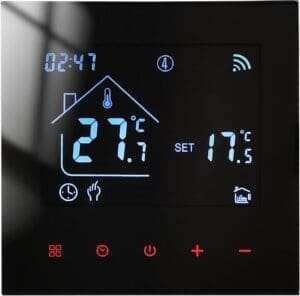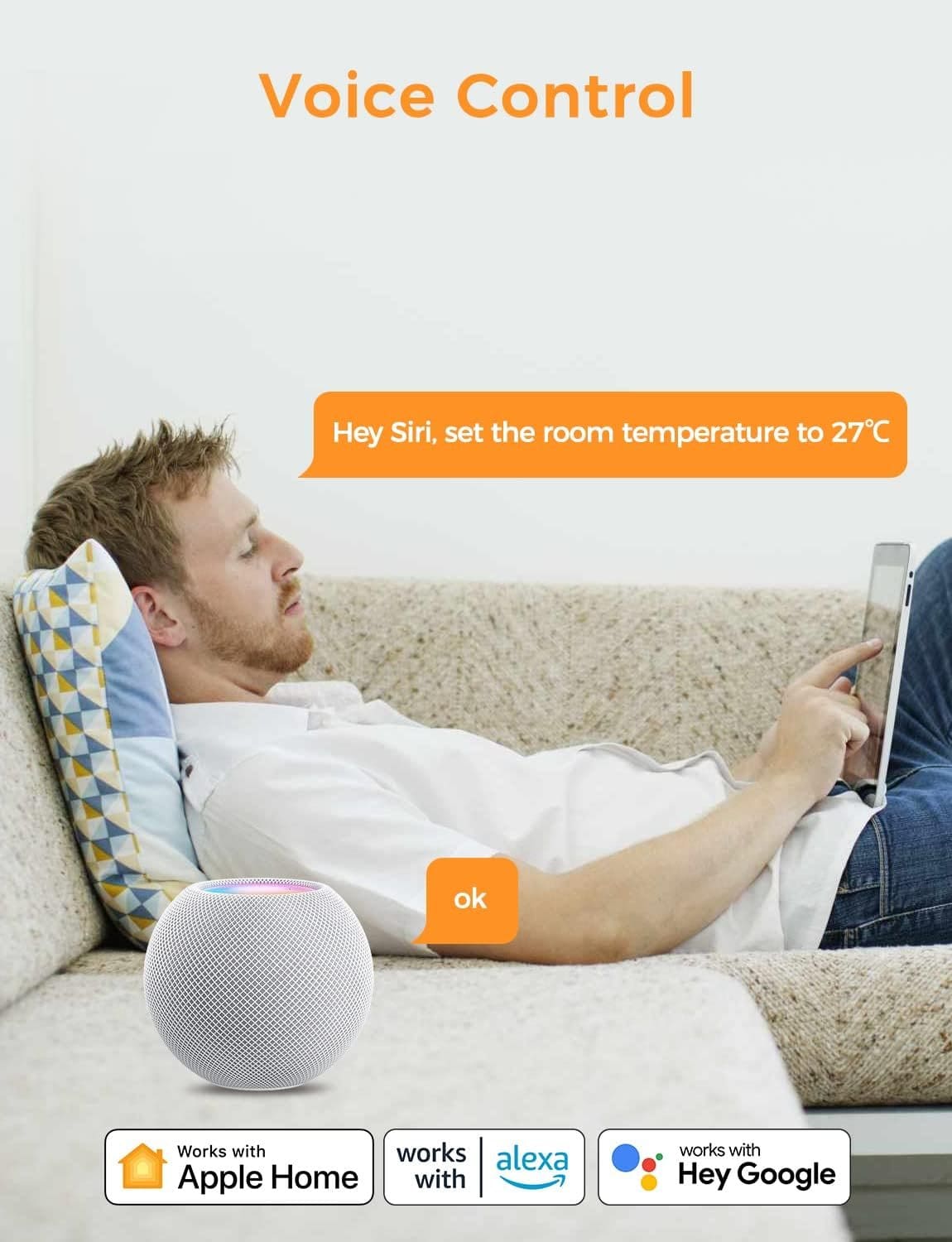Are you tired of sky-high electricity bills? Look no further! In this article, we will explore the incredible world of smart home solutions that will help you significantly reduce your electricity consumption. From advanced energy-efficient appliances to intelligent lighting systems, we will delve into the innovative technologies that will make your home smarter, greener, and more cost-effective. Say goodbye to wasted energy and hello to a more sustainable future for you and the environment. It’s time to take control of your energy usage and make your home a truly smart home.
Energy Monitoring Systems
1.1 Smart Meters
Smart meters are devices used to measure and record the consumption of electricity in a household. These meters provide real-time data on your energy usage, allowing you to better understand how and when you consume electricity. With the help of smart meters, you can track your energy usage patterns and identify areas where you can make changes to conserve energy.
1.2 Energy Monitoring Apps
Energy monitoring apps are mobile applications that work in conjunction with smart meters to provide you with detailed insights into your energy consumption. These apps display your energy usage in real-time, allowing you to monitor it from anywhere using your smartphone. Additionally, some energy monitoring apps offer personalized recommendations and tips on how to reduce your electricity consumption based on your usage patterns.
By utilizing smart meters and energy monitoring apps, you can gain a better understanding of your energy usage habits and make informed decisions to reduce your electricity consumption.
Home Automation
2.1 Smart Thermostats
Smart thermostats are innovative devices that allow you to optimize and automate the heating and cooling of your home. These thermostats can learn your schedule and preferred temperature settings, adjusting the HVAC system accordingly. By intelligently managing temperature control, smart thermostats help save energy by reducing unnecessary heating or cooling.

2.2 Smart Lighting Systems
Smart lighting systems enable you to control and automate your home’s lighting through your smartphone or voice commands. These systems offer features such as motion sensors, timers, and the ability to adjust brightness levels. By utilizing these features, you can ensure that your lights are only on when needed, reducing energy waste.

2.3 Smart Power Strips
Smart power strips provide a convenient way to manage and control the power usage of your electronic devices. These power strips have built-in timers or occupancy sensors that automatically turn off power to devices when they are not in use or when no one is present in the room. This smart feature eliminates wasted standby power and reduces your electricity bill.
2.4 Smart Appliances
Smart appliances incorporate advanced technology to optimize energy consumption. They can communicate with other devices in your smart home system and adjust their operation to minimize energy waste. For example, a smart refrigerator can adjust its cooling settings based on the contents, while a smart dishwasher can run during off-peak hours to take advantage of lower electricity rates. By upgrading to smart appliances, you can significantly reduce your overall energy consumption.
Renewable Energy Integration
3.1 Solar Panels
Solar panels harness the power of the sun to generate electricity for your home. By installing solar panels on your roof, you can generate clean and renewable energy, reducing your reliance on the grid and lowering your electricity bills. Additionally, excess energy generated by your solar panels can be stored or fed back into the grid, further contributing to the promotion of renewable energy.
3.2 Wind Turbines
Wind turbines are another form of renewable energy source that can be integrated into your smart home system. By harnessing the power of the wind, wind turbines generate electricity that can be used to power your home. Similar to solar panels, wind turbines can reduce your reliance on traditional electricity sources and contribute to a greener and more sustainable future.
Peak Energy Management
4.1 Time-of-Use Pricing
Time-of-use pricing is a rate structure where electricity prices vary based on the time of day. By taking advantage of time-of-use pricing, you can adjust your energy usage to avoid peak demand periods when electricity prices are higher. This can be done by running heavy energy-consuming appliances during off-peak hours or scheduling activities that require high energy usage accordingly.
4.2 Demand Response Programs
Demand response programs are initiatives that incentivize consumers to reduce their electricity usage during periods of high demand. By participating in these programs, you can receive rewards or lower electricity rates in exchange for decreasing your energy consumption during peak periods. This not only helps you save on your electricity bill but also contributes to the overall stability of the energy grid.
Smart Grid Integration
5.1 Load Shedding
Load shedding is a process where certain appliances or electrical circuits are temporarily switched off during peak demand periods to prevent overloading the grid. By integrating your smart home system with the smart grid, you can automate load shedding and prioritize essential appliances or circuits, ensuring that critical functions like refrigeration or medical equipment remain operational while minimizing energy consumption during peak periods.
5.2 Smart Charging Stations
Smart charging stations for electric vehicles (EVs) enable efficient and convenient charging while minimizing strain on the grid. These charging stations can communicate with your smart home system and schedule charging during off-peak hours when electricity rates are lower. By utilizing smart charging stations, you can not only optimize your EV charging but also contribute to a more stable and energy-efficient grid.
Energy-Efficient HVAC Systems
6.1 Programmable Thermostats
Programmable thermostats allow you to set temperature schedules based on your daily routines. By programming your HVAC system to automatically adjust temperatures when you are away or asleep, you can save energy without sacrificing comfort. Programmable thermostats enable you to have full control over your home’s heating and cooling, optimizing energy usage and reducing electricity waste.
6.2 Energy Recovery Ventilation
Energy recovery ventilation systems recover and reuse heat or coolness from the exhaust air to precondition the incoming fresh air. By exchanging heat or coolness between the exhaust and fresh air streams, these systems reduce the energy needed to heat or cool the incoming air, resulting in energy savings. Energy recovery ventilation systems can be integrated into your smart home system, further enhancing energy efficiency and reducing your carbon footprint.
Smart Home Energy Storage
7.1 Batteries
Smart home energy storage systems, such as rechargeable batteries, allow you to store excess energy generated by your renewable energy sources, such as solar panels or wind turbines. By storing this energy, you can use it during times when your energy generation is lower or during power outages, providing you with a reliable and sustainable power source. Smart home energy storage systems empower you to maximize the benefits of your renewable energy integration and ensure a constant electricity supply.
7.2 Powerwalls
Powerwalls are advanced energy storage systems designed to provide backup power during outages and time-of-use optimization. These systems can be integrated into your smart home network and can automatically switch to stored power during peak demand or when the grid goes down. Powerwalls offer a reliable and seamless solution for maintaining a continuous power supply, enabling you to stay connected and powered up, even during challenging situations.
Motion Sensor Lighting
Motion sensor lighting is an efficient way to reduce energy consumption in your home. By installing motion sensors in various rooms, the lights will automatically turn on when motion is detected and turn off after a period of inactivity. This eliminates the need to manually switch lights on and off, ensuring that lights are only used when necessary and reducing electricity waste.
Smart Power Management
Smart power management systems enable you to monitor and control the power consumption of your electronic devices and appliances. These systems provide real-time data on energy usage, allowing you to identify energy-hungry devices and implement measures to reduce their power consumption. By actively managing and optimizing power usage, you can significantly decrease your electricity bill and contribute to a more sustainable lifestyle.
Behavioural Changes
In addition to implementing smart home solutions, making small behavioural changes can further contribute to reducing electricity use. Simple actions such as turning off lights when leaving a room, using natural light instead of artificial lighting, unplugging unused electronics, and washing clothes in cold water can make a meaningful impact on your energy consumption. By adopting energy-conscious habits, you not only save money but also contribute to the overall conservation of energy and the environment.
In conclusion, smart home solutions offer a wide range of possibilities for reducing electricity consumption. From energy monitoring systems and home automation to renewable energy integration and peak energy management, these technologies and practices empower you to make informed decisions about your energy usage and optimize efficiency. By embracing these solutions and implementing behavioural changes, you can create a more sustainable and energy-efficient home while enjoying the convenience and comfort of a smart living environment.
